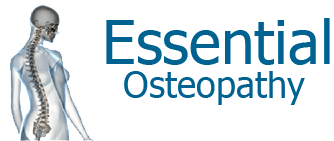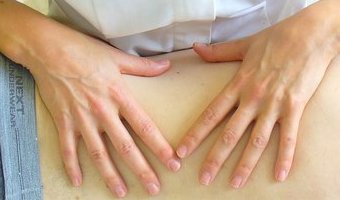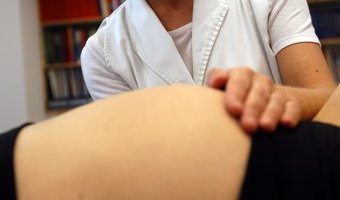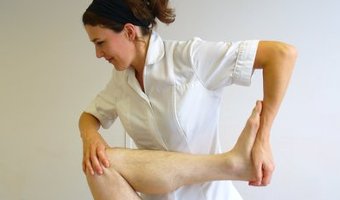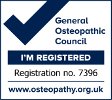Osteopathic management of patients during pregnancy
I regularly treat pregnant women with a variety of symptoms ranging from low to mid back pain to pelvic girdle pain (including sacro-iliac and/or pubic symphysis dysfunction), rib pain, sciatica and general discomfort – particularly later in the pregnancy as the baby grows bigger. Having carefully established the diagnosis once I have taken the case history and examined, I use a number of different treatment techniques including soft-tissue massage, joint articulation, muscle energy techniques and manipulation as appropriate to ease the patients symptoms.
So it’s interesting to read The National Council for Osteopathic for Osteopathic Research (NCOR) report from 2012 which discussed the Osteopathic management of patients during pregnancy. The key findings were as follows:
Symptoms
- One of the most frequently cited symptoms of pregnancy seen by osteopaths is low back pain.
- Other symptoms include heartburn (for which there is acknowledgement of osteopathic treatment but currently little evidence), carpal tunnel syndrome, sacroiliac pain, mid thoracic pain and gastrointestinal symptoms.
- Differential diagnosis for carpal tunnel syndrome should include diabetes and thyroid disease.
Osteopathic Studies
- One study has found evidence that pregnant patients who received osteopathic care experienced improved outcomes in labour and delivery compared to those who didn’t.
- Another study has shown that osteopathic manipulative technique may help to improve or stop the deterioration of back-specific functioning in the third trimester of pregnancy.
- Non-supine positions during labour and delivery have been found to have clinical advantages including increased perineal integrity, reduced vulvar oedema and reduced blood loss.
Relaxin (the hormone which relaxes joints in the mother’s body ready for birth)
- It is still not established if higher levels of relaxin relate to a higher incidence of pelvic girdle pain in pregnancy; more studies have shown that there is no positive relationship.
- There is still a large gap of evidence in this subject area.
There are a number of other interesting points raised in the report. Click on the link to access it in full – https://www.ncor.org.uk/wp-content/uploads/2012/12/Osteopathy-and-Pregnancy.pdf
Click here to read one of my other blog articles on pelvic girdle pain and other pregnancy related problems – https://www.essentialosteopathy.co.uk/blog/pelvic-girdle-pain-and-other-pregnancy-related-problems/
